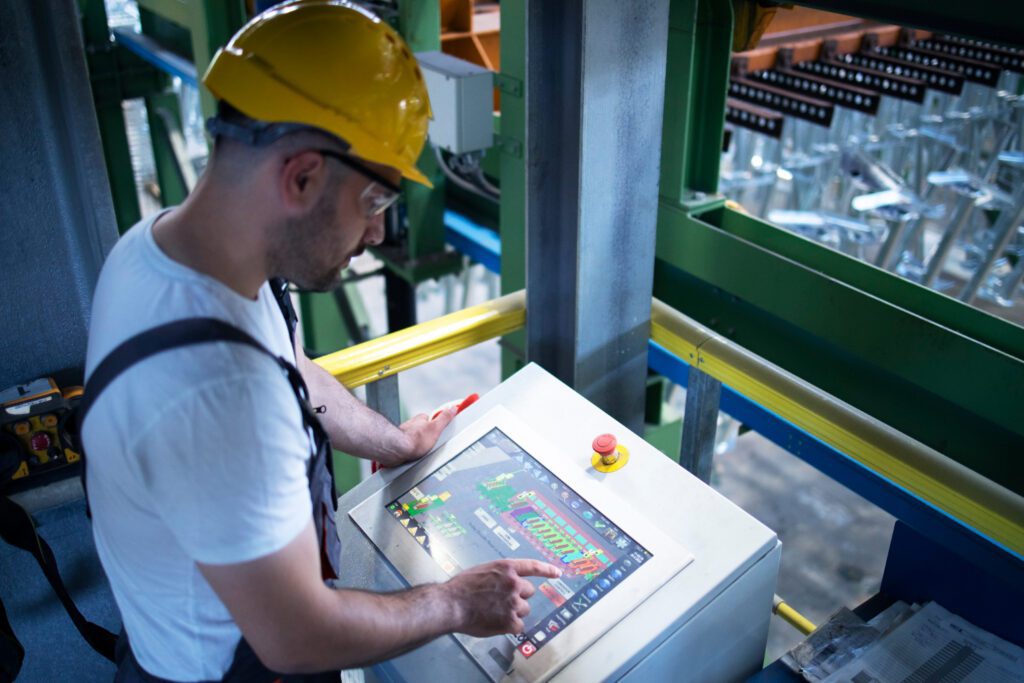In today’s market, North American manufacturers are beginning to understand renewed opportunities as U.S. tariff pressures encourage domestic production over importing. This policy shift not only aims to bring manufacturing back but also opens the door for companies already based here who are ready to leverage their current operations and scale for increased growth. If your business is ready to adopt new technology and strategic business practices, it stands to capitalize on this reinvigorated focus on local production—which has set the stage for those who excel at innovation, and are empowered to improve quality control, productivity and operational resilience.
As manufacturers adapt to this reality, many face a range of challenges that, if not addressed, can reduce their ability to compete and ultimately impact their ability to grow during an advantageous period. Here are some common manufacturing statistics that point out challenges that need addressing:

To overcome these challenges and effectively position your business to meet increased local demand, consider a multi-pronged approach that integrates best practices from advanced technology adoption and workforce management to proactive risk management. Let’s look further into these strategies.

It’s time to embrace digital tools that streamline operations, cut costs, and drive growth. Here are a few that you should consider if not already in place:
Investing in your workforce must now be a common practice to not only retain key talent by enhancing their capabilities but also to support their success and yours. There is also a need to identify skills gaps now so that you can identify critical training plans and cross-train where required to mitigate productivity losses when critical team members are out or leave. Here are a few considerations to address this challenge:
To build a resilient production framework that can thrive under changing market conditions, consider the following:

To build a resilient production framework that can thrive under changing market conditions, consider the following:
Success for manufacturing in 2025 will require a balanced mix of digital breakthroughs, smart workforce management, and operational resilience. By embracing cloud-based solutions, digital twins, predictive maintenance systems, and robust workforce initiatives, your manufacturing business can prepare for the growing market demand that is unfolding that will provide for long term growth for those who are ready to embrace this new era of opportunity.
The Poirier Group combines strategic planning expertise with hands-on manufacturing operational experience and implementation support to help organizations navigate through their toughest challenges. We focus on integrating the latest technologies and developing your capabilities in house to elevate your team and operation as we underpin a culture of resilience. Let us know where you are now and where you want to go—we have the reputation over almost 20 years consulting and implementing solutions that continue to deliver sustainable value. Ready for a better consulting experience? Let’s find out what is possible.
Tecsys Supply Chain Takeaways for 2025
SDCE Exec on Cloud-Edge Task Scheduling
Udemy on Top Manufacturing Workplace Skills 2025
Rockwell Automation on Human-Machine Collaboration
AEM on the Aging Workforce
McKinsey on Digital Twins
6Sigma on Flexible Manufacturing Systems
Columbus Global on Sustainable Manufacturing
Advanced Manufacturing on Innovations for Sustainable Manufacturing
Control Engineering on Reshoring and Nearshoring Trends
Deltek on Risk Management in Manufacturing